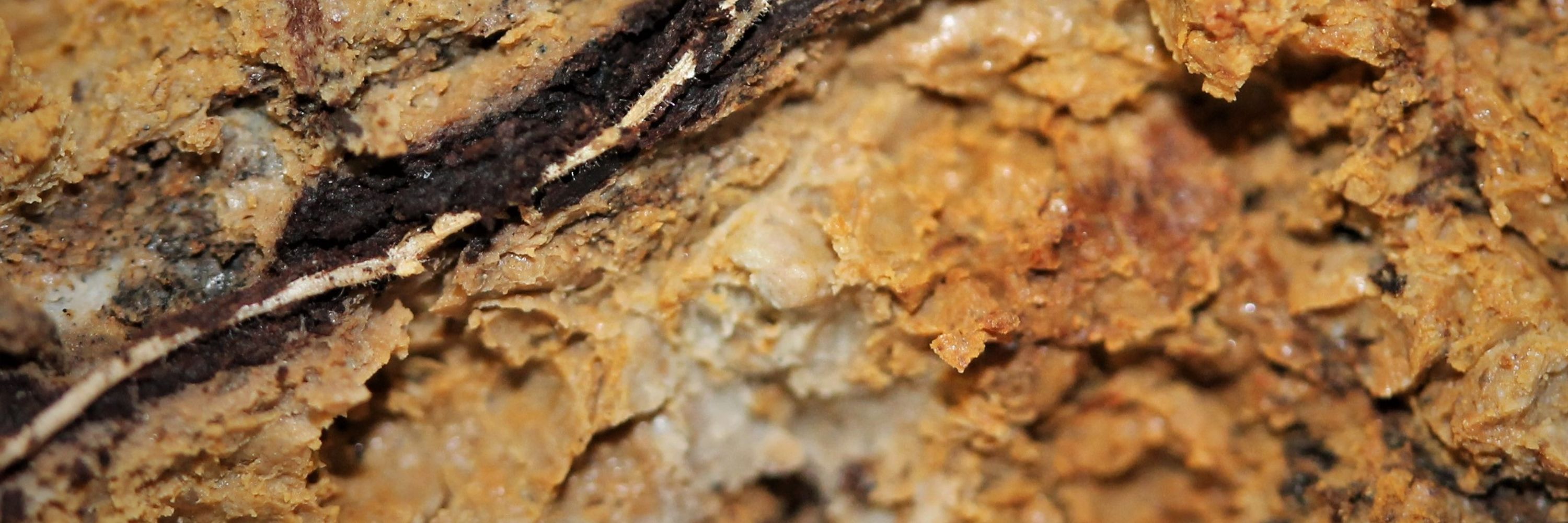
Modelling of soil organic matter dynamics with STICS model !
Job info :
👉 jobs.inrae.fr/en/ot-27470
Part of the large ALAMOD project : www.pepr-faircarbon.fr/projets/proj...
#soilcarbon #soil #model #Postdoc
Modelling of soil organic matter dynamics with STICS model !
Job info :
👉 jobs.inrae.fr/en/ot-27470
Part of the large ALAMOD project : www.pepr-faircarbon.fr/projets/proj...
#soilcarbon #soil #model #Postdoc
Mucoromycotina mycorrhizal fungi: Forgotten symbioses for the agroecological transition?
High-risk/high-gain project to uncover the secrets of ancient, widespread plant–fungus partnerships — little studied, yet full of potential.
Mucoromycotina mycorrhizal fungi: Forgotten symbioses for the agroecological transition?
High-risk/high-gain project to uncover the secrets of ancient, widespread plant–fungus partnerships — little studied, yet full of potential.

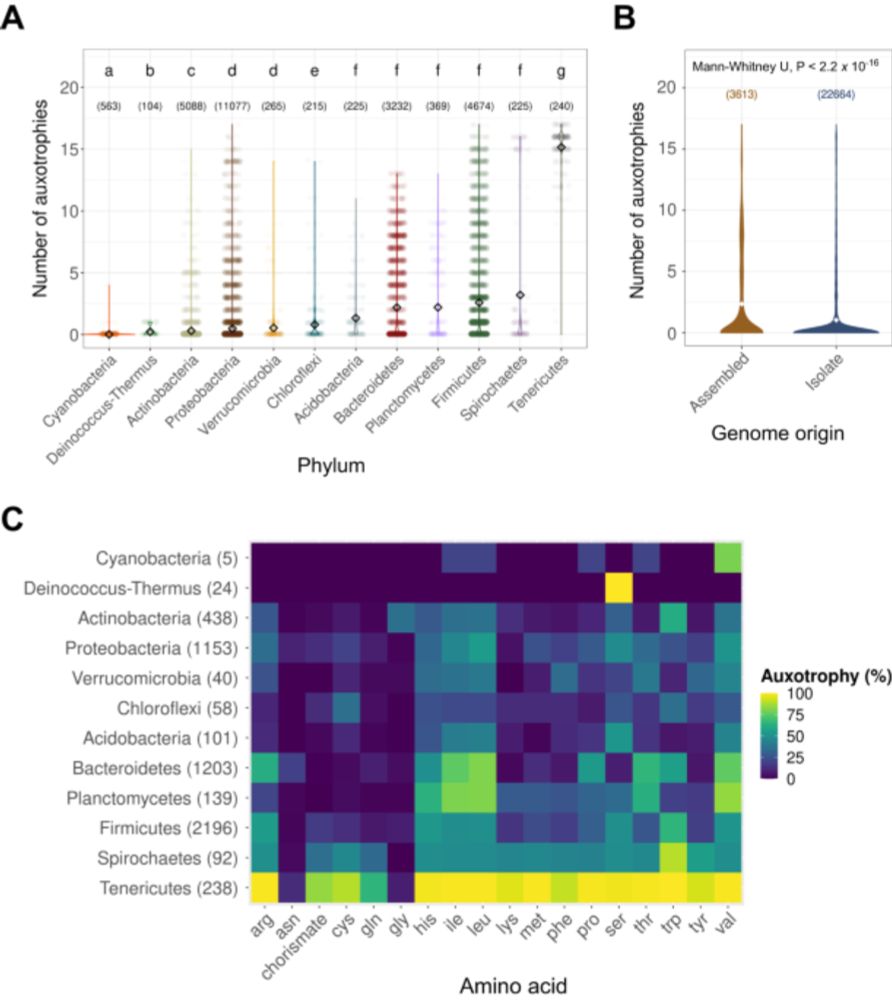
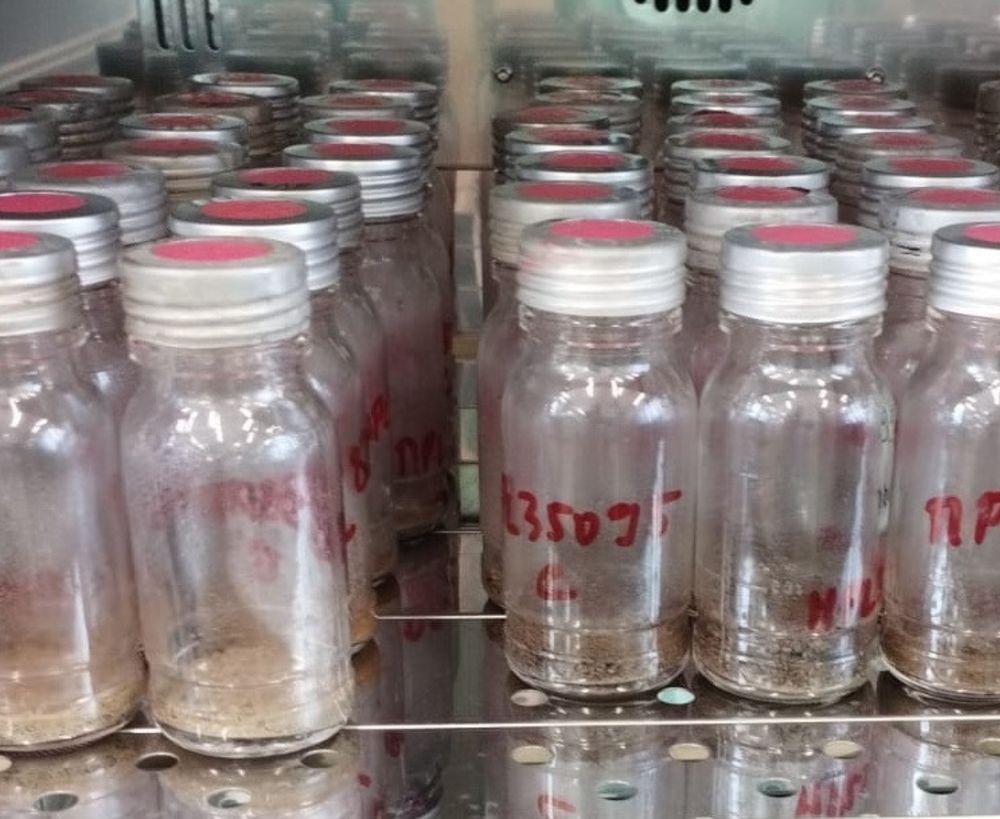
It is called: Thresholds of functional trait diversity driven by land use intensification
⬇️
www.nature.com/articles/s41...
#FunctionalTraits 🌐 ➕📏
@inrae-france.bsky.social @urep.bsky.social @cnrsecologie.bsky.social @bexplo.bsky.social

It is called: Thresholds of functional trait diversity driven by land use intensification
⬇️
www.nature.com/articles/s41...
#FunctionalTraits 🌐 ➕📏
@inrae-france.bsky.social @urep.bsky.social @cnrsecologie.bsky.social @bexplo.bsky.social
@mrillig.bsky.social
www.nature.com/articles/s41...
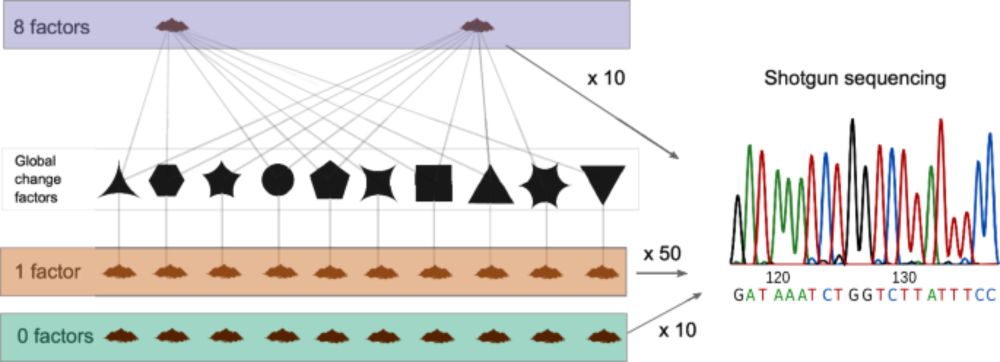
@mrillig.bsky.social
www.nature.com/articles/s41...
Elle porte sur la respiration du sol.
En deux épisodes écrits avec @gabin-piton.bsky.social (Eco&Sols) :
euradio.fr/emission/9wD...

Elle porte sur la respiration du sol.
En deux épisodes écrits avec @gabin-piton.bsky.social (Eco&Sols) :
euradio.fr/emission/9wD...
A new report by the British Ecological Society brings together 40 academics, practitioners and farmers across the UK to explore the evidence. 👇
https://shorturl.at/s9TM4
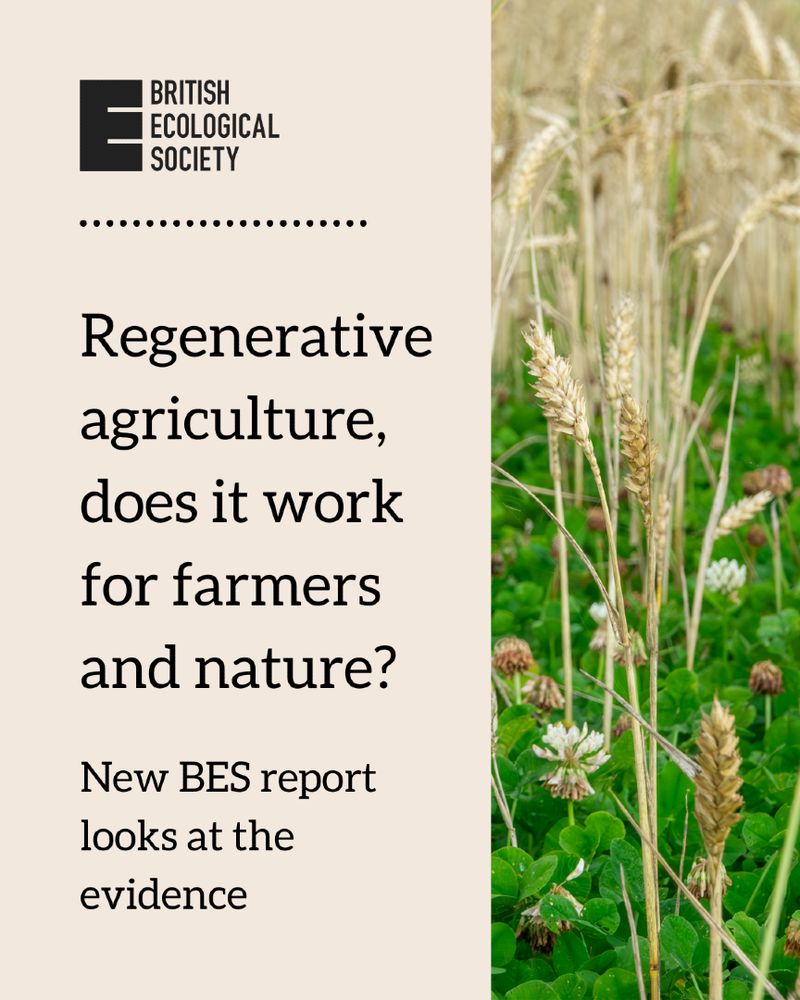
A new report by the British Ecological Society brings together 40 academics, practitioners and farmers across the UK to explore the evidence. 👇
https://shorturl.at/s9TM4
Check it out on open access 👇
Conversion of arable land to perennial bioenergy crops increases soil organic carbon stocks on the long term.
🌱Results from 2 long-term experiments in France with miscanthus and switchgrass.
Open access ➡️ doi.org/10.1016/j.ag...

Check it out on open access 👇
Reducing mineral fertilizer use in mountain grasslands could improve the ability of their soil to maintain their multifunctionality during drought.
Last chapter of my PhD 5 y latter. #NewPI never give up publish your science! #Soilscience

Reducing mineral fertilizer use in mountain grasslands could improve the ability of their soil to maintain their multifunctionality during drought.
Last chapter of my PhD 5 y latter. #NewPI never give up publish your science! #Soilscience
1. Lydie LARDY - Chercheuse en sciences du sol (IRD) dans notre unité, affectée en Côte d’Ivoire.
2...
🧵

1. Lydie LARDY - Chercheuse en sciences du sol (IRD) dans notre unité, affectée en Côte d’Ivoire.
2...
🧵
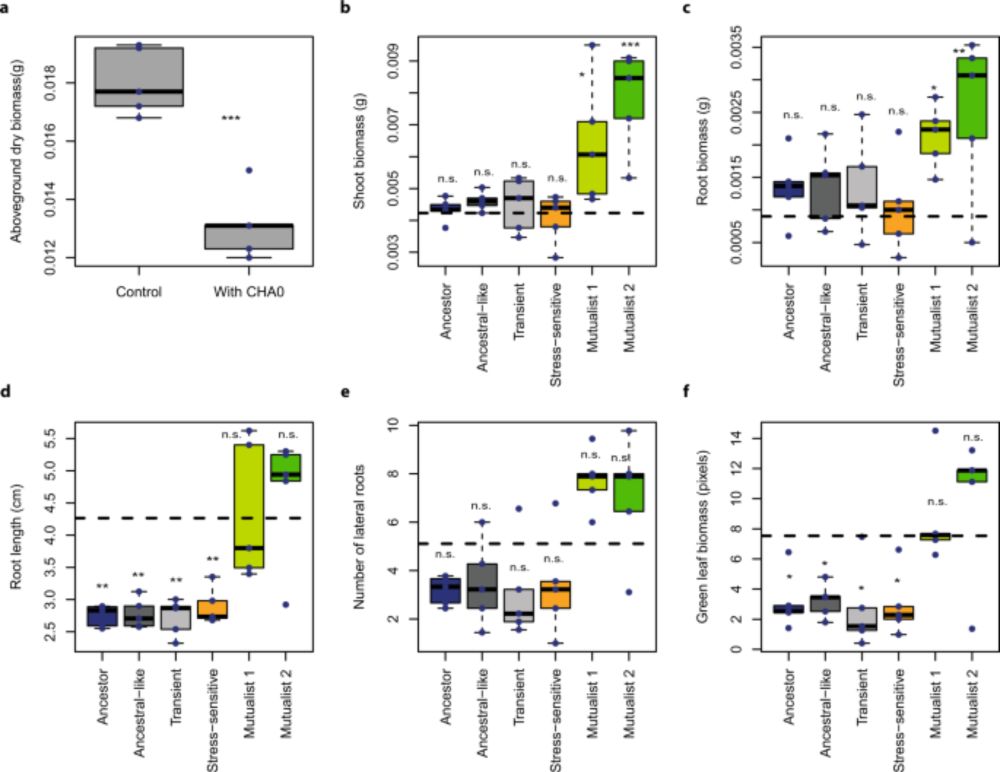

While not all new soil carbon persists, 'sequestered', in the soil, there are ways to confidently measure durable new carbon fractions and increase confidence in measurements of soil carbon as a climate solution, when measured correctly. #soil #science #carbon
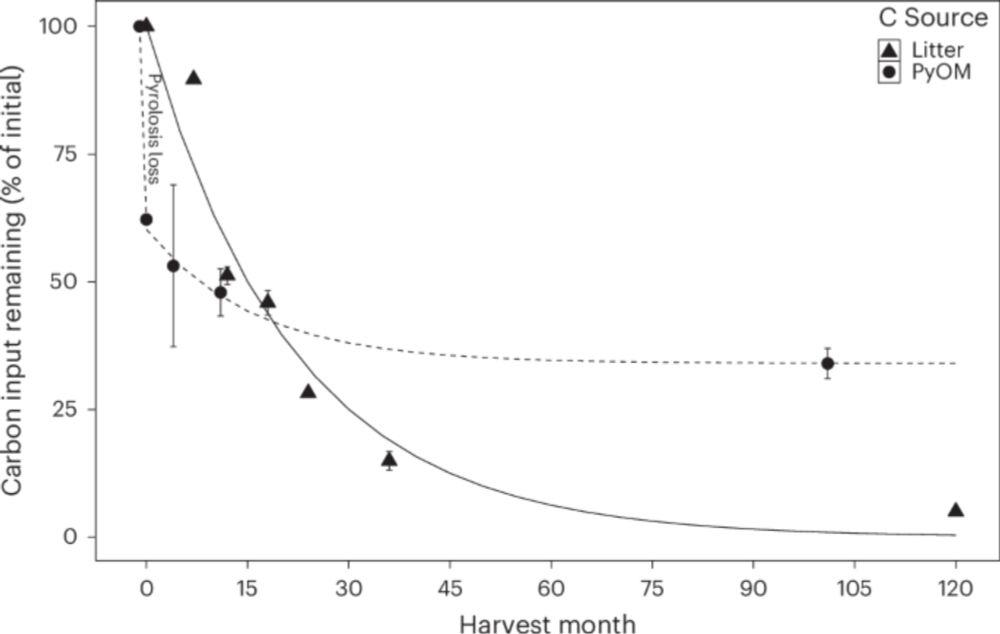
While not all new soil carbon persists, 'sequestered', in the soil, there are ways to confidently measure durable new carbon fractions and increase confidence in measurements of soil carbon as a climate solution, when measured correctly. #soil #science #carbon
"Result suggests a fitness paradox whereby some bacteria can optimize fitness in soil by minimizing mortality rather than maximizing growth."
academic.oup.com/ismecommun/a...
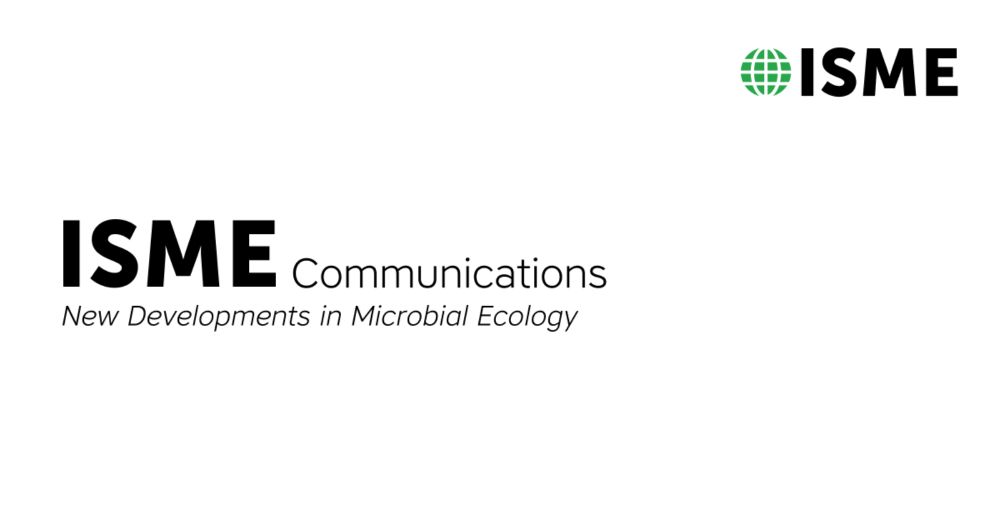
"Result suggests a fitness paradox whereby some bacteria can optimize fitness in soil by minimizing mortality rather than maximizing growth."
academic.oup.com/ismecommun/a...
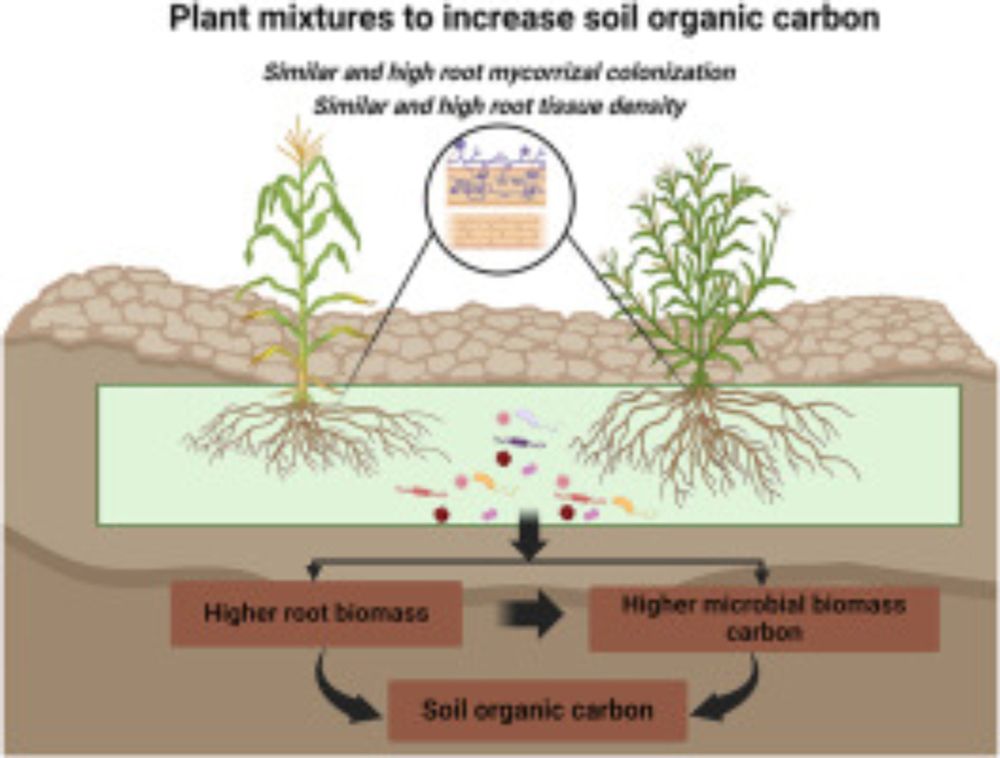
I'll illustrate this using our paper published in Nature yesterday. 🧵 (1/x)
www.nature.com/articles/s41...
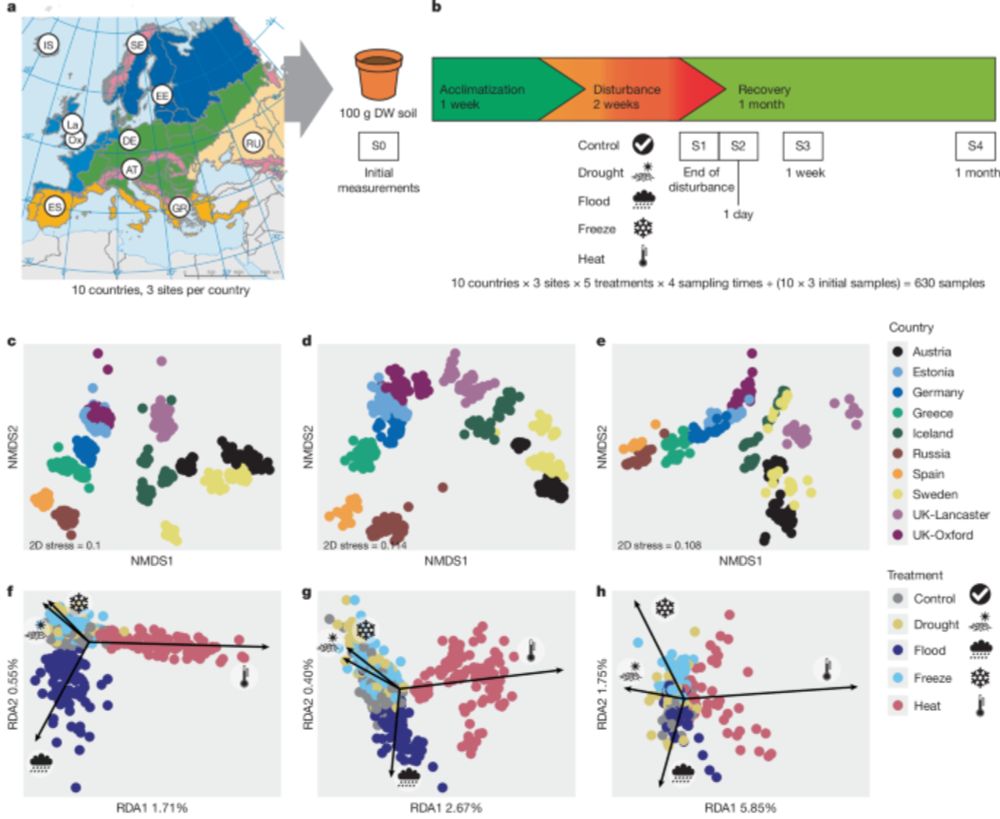
She did a massive experiment and found that across 17 grassland species, root exudates from plants that experienced drought trigger more microbial respiration. (1)
www.sciencedirect.com/science/arti...
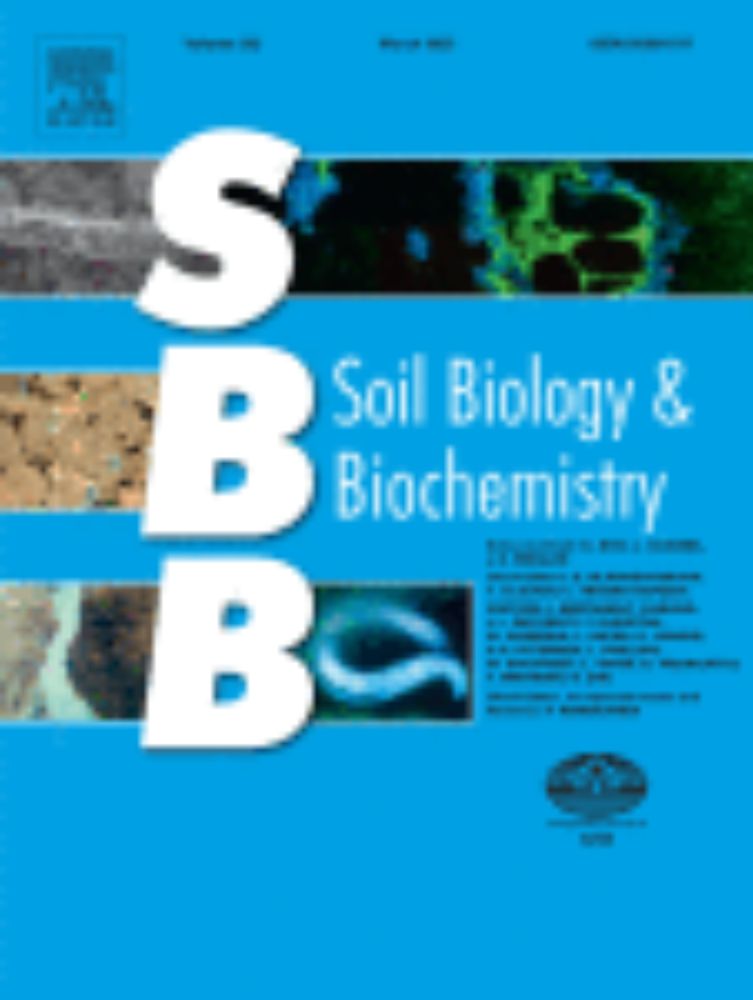
She did a massive experiment and found that across 17 grassland species, root exudates from plants that experienced drought trigger more microbial respiration. (1)
www.sciencedirect.com/science/arti...
Follow us : @umr-ecosols.bsky.social !
70 permanent staff and many brilliant students & postdocs working on functional ecology and biogeochemistry in agroecosystems, from the biodiversity in soil aggregates to plant-soil interactions & global C cycle.
Follow us : @umr-ecosols.bsky.social !
70 permanent staff and many brilliant students & postdocs working on functional ecology and biogeochemistry in agroecosystems, from the biodiversity in soil aggregates to plant-soil interactions & global C cycle.
Recent publications 👇
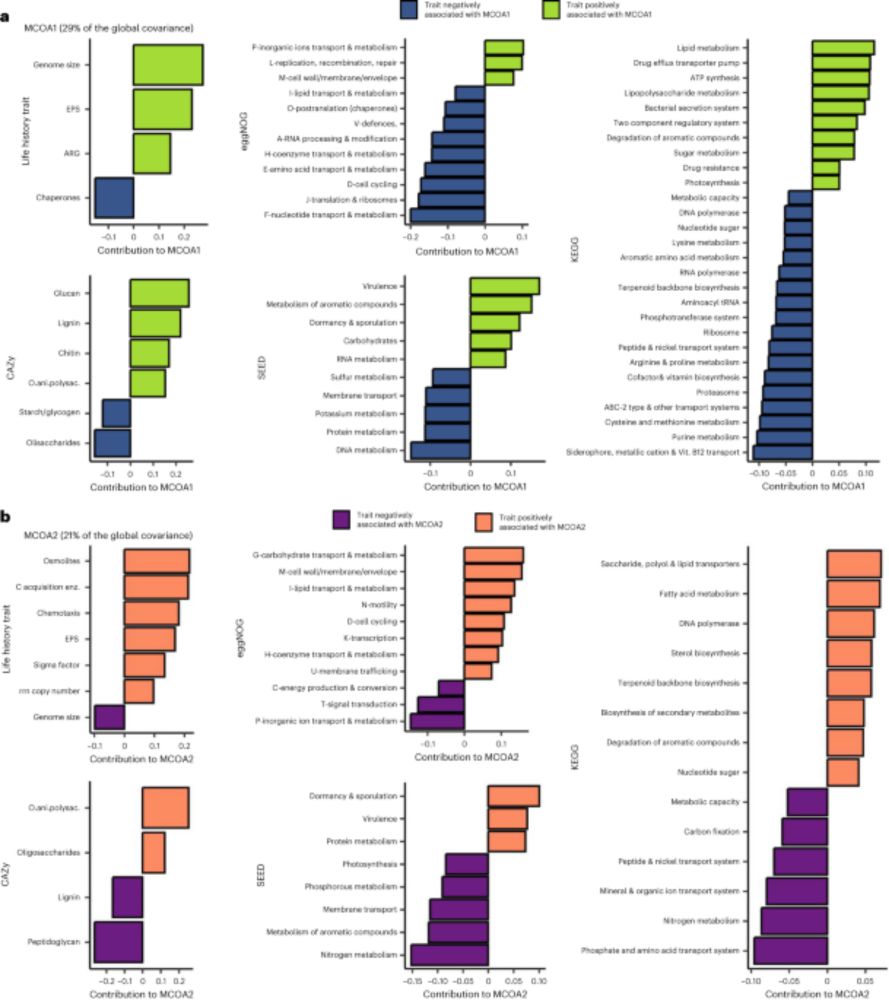
Recent publications 👇


